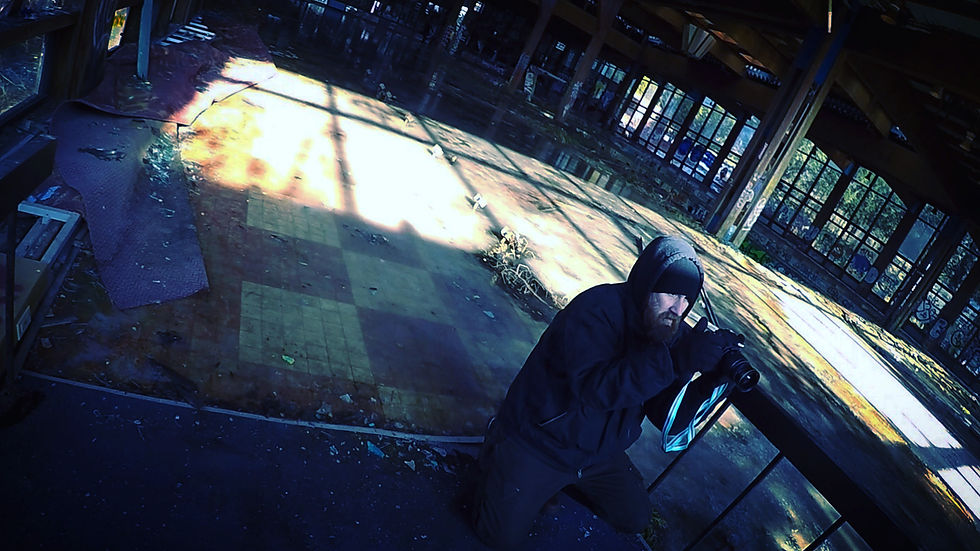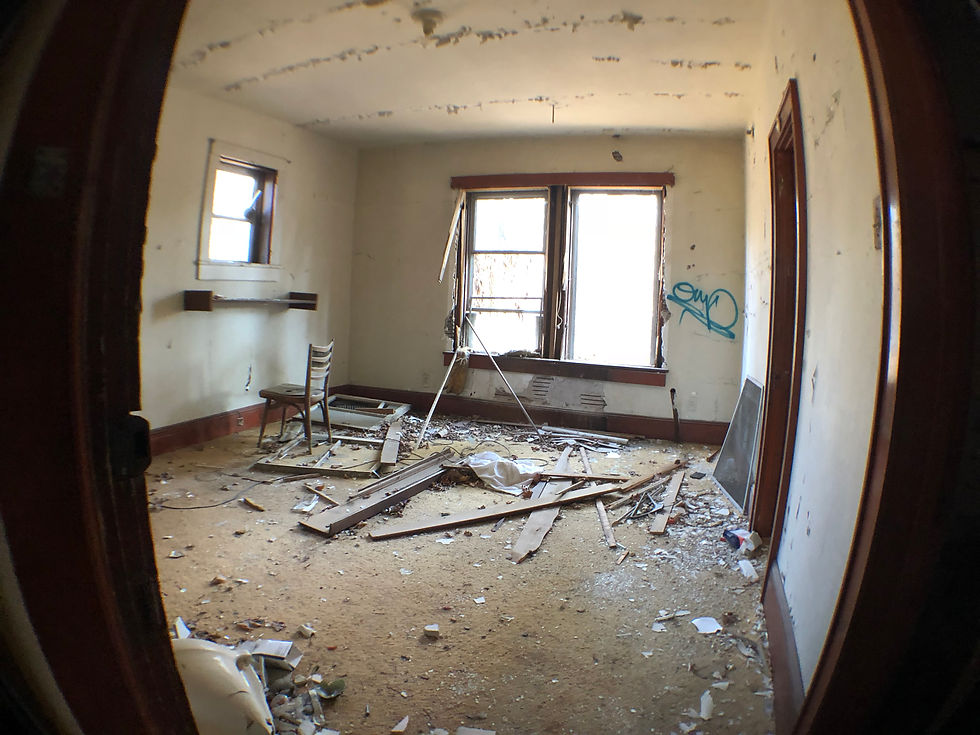Abandoned Borscht Belt Series: Grossinger's Catskill Resort Hotel
- Full Dark Amy

- Jul 27, 2020
- 3 min read
Updated: Oct 28, 2020
How 1 house and 100 acres in Liberty, NY became the "Waldorf of the Catskills".

The earliest beginnings of this resort began in 1914 when Asher Grossinger and his wife Malke, Austrian immigrants, moved from NYC to the Catskill Mountain Range, and purchased a bungalow. Intending to farm the land, they had only meager success when the farming industry didn't prove fruitful, so the small family instead turned to renting a room for boarders and travelers to bring in extra money. The success of accommodations for fellow Jewish immigrants and families within 2 hours of New York City took off. Soon they'd purchased a newer, larger lodging home in the town of Liberty, giving rise to bigger and grander lodgings, and more seasonal offerings of activities.

By 1919, Grossinger’s Terrace Hill House was a growing business offering fine kosher food and top-notch lodgings. The earliest Tudor style buildings and guest rooms remained part of the hotel layout as it grew. The hospitality of the Grossinger family, especially their daughter Jennie, became a draw for more families and vacationers to stay there. Word-of-mouth, even in the 21st Century, still begets the most business, and the stellar reputation of this family was renowned. Between the 20th Century's biggest celebrities including Hollywood stars and comedians, to the most elite families of New York City, the resort was a staple of yearly vacation. It hosted the wedding of Elizabeth Taylor and Eddie Fisher as well, and a star-studded clientele was part of the allure of this resort.

The resort lifestyle was not just a week-long vacation for many travelers, as we'd think of it most often today. Instead, families and extended families left their homes for sometimes the entire summer to stay up at the resorts. Returning yearly to the same accommodations and spending time with familiar faces was part of the custom of summering in the Catskills and maintaining Jewish culture and traditions. The safety, culture and inclusivity for the Jewish community outside NYC were an important part of spending time at places like Grossinger's in the mid-1900's, during a time of rampant discrimination and brutality toward Jews in the United States.

It was right around the 1970's when technological changes and drastic improvements in the travel industry disrupted the prestige and popularity of the resort. With air travel becoming affordable and farther distances now reachable, combined with the death of the iconic Jennie Grossinger in 1972, the Catskills saw a sharp decline in vacationers at not just this resort, but across the entire region. Hotels closed down slowly but permanently over the course of the 1980's and 90's. Some survived as golf clubs and much smaller rental places, catering to local Jewish youth camps and the regional community that remains in the area, but the majority of the multi-acre, 4-season resorts are now a thing of the past.

The direct impacts of how we've ended up with a pristine mountain region dotted with desolate and decaying resort structures are bittersweet, but necessary in order to understand the context of Jewish American life in the 20th Century. Now, the entire site of Grossinger's Resort has been demolished as winter 2018. All that may remain on the site now is the massive outdoor pool. With the pandemic-induced downturn of our economy, new construction and even final land-clearing is likely on hold indefinitely. The architectural relics that once stood in Liberty, NY were memorable, art-deco structures designed for escaping the city, and living in resort luxury. Now, they exist only in photos, videos, and memories.
Thanks for reading,

*For a more complete history of why these resorts existed for a primarily Jewish clientele, see my other blogs on the Borscht Belt series. This post on Grossinger's covers more of this particular hotel and property history, rather than the socio-cultural origins of places like these, and the extent to which anti-Semitism existed and effected so many lives in early 1900's America, particularly in New York State.
Our Videos:









.jpg)







Comments